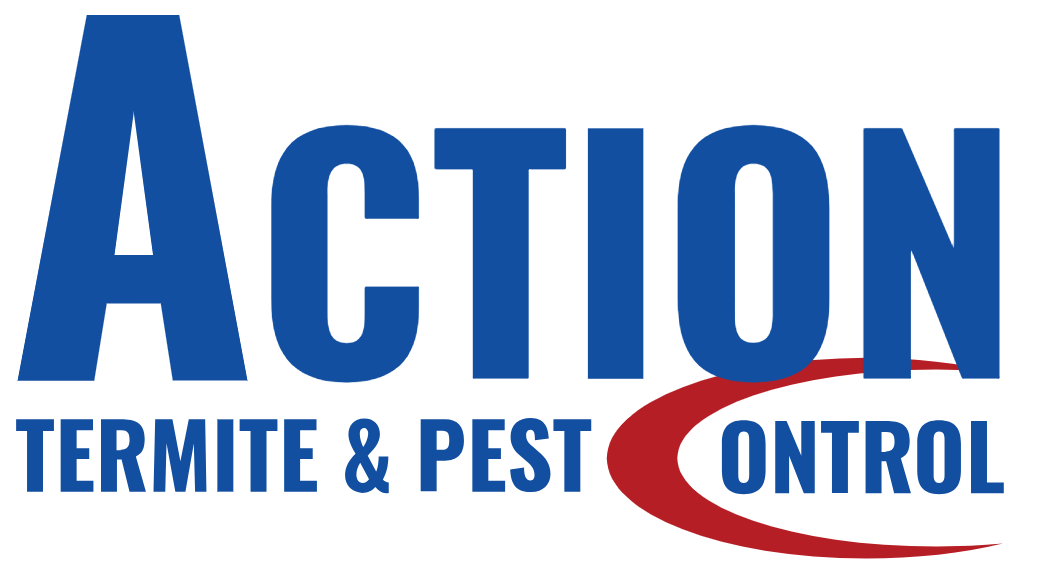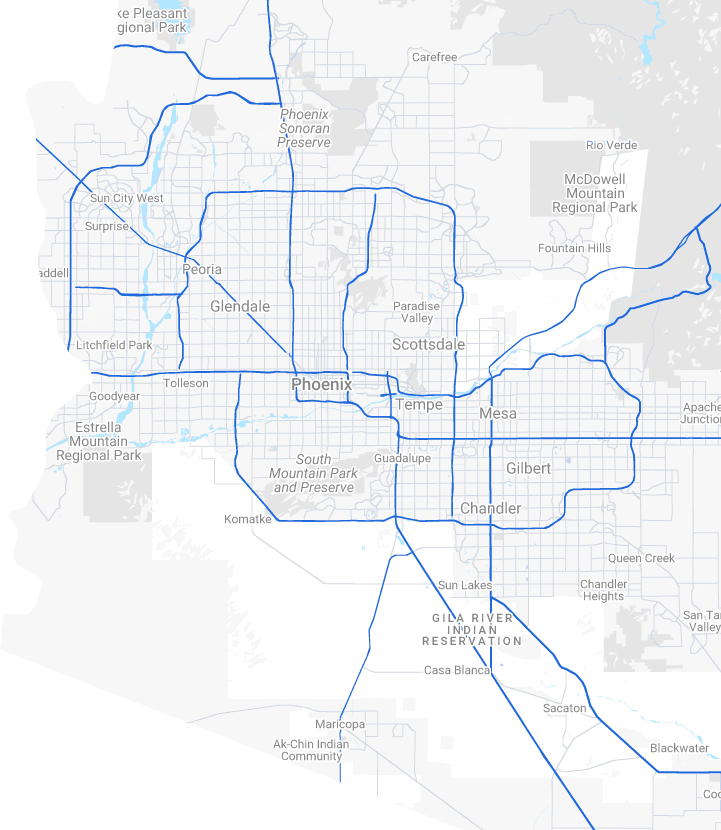Termites are a frequent issue for Phoenix homeowners and can do extensive damage to your home.
Fortunately, there are a few telltale signs to watch out for that can help determine whether or not termites have taken over your home.
One of the most obvious signs of termites is mud tubes, where they construct shelters to conserve moisture between themselves and food sources. You may spot these tubes along soil lines, cracks in foundations or utility penetrations.
Subterranean Termites
Subterranean termites are the most widespread species of termite species in Arizona and they can be devastatingly destructive to wood structures.
These bugs, due to their underground existence, can enter your home through a variety of entry points. Once inside, they begin consuming your drywall and wood at an alarming rate.
To protect your home from wood-eating pests, the best approach is to keep its foundation dry. This means keeping any substructural wood at least 12 inches above ground level.
Maintaining your foundation with proper ventilation can also deter pests from damaging it.
Another telltale sign of subterranean termite infestation is the presence of mud tubes around your home. These tubes are constructed by termites to move around and reach their food sources aboveground.
They may dig underground tunnels in the soil to keep their swarms hidden and secure. Hunting for these tunnels beneath ground can be challenging, so it’s best to call on experts for assistance in detecting any hidden passageways.
Drywood Termites
Drywood termites can do a lot of harm to your home. They have the power to consume support beams, floors and walls in your structure, necessitating costly repairs in the process.
Arizona homes are prime targets for drywood termites due to our long summers and lack of rain. As a result, they can infest your house and continue eating away at it slowly for years before you notice any signs of infestation.
Thankfully, there are some telltale signs you can look for to detect termite infestations before they cause significant harm. One of the best ways to detect drywood termite activity is by inspecting their nests for excrement.
Subterranean termites leave behind “carton,” which looks like cardboard; drywood termite fecal pellets have more of a sawdust or sand texture. You can tell if your home has been infested by the presence of six-sided wooden pellets which look exactly like what the termites have been eating if there are visible indications on their side.
Subterranean Termite Mud Tubes
Mud tubes are tunnels constructed by subterranean termites to transport food between their underground nest and a food source such as wood. You may spot these tubes on walls, beams, or in crawl spaces.
They typically measure from 1/4- to 1-inch across and can extend for miles along walls, screens or foundations of a home. Although they are often concealed, termite damage may be occurring beneath these layers of wood.
Termites use their scissor-like jaws to munch away at wood products 24 hours a day, 7 days a week. In spring and summer, they often congregate together in search of new homes.
Desert subterranean termites also construct “drop tubes,” which are small circular tunnels hanging from ceilings. Inside these tunnels, termites cover the internal walls with soft fecal matter that hardens to form cement-like particles when dry.
Arizona homes, particularly in the Sonoran Desert, often experience termites. Unfortunately, these pests can be highly destructive – wreaking millions of dollars of damage annually.
Drywood Termite Swarms
Drywood termites are the most widespread species of termite in Arizona and the West. They can infest both dead sections of trees as well as wooden articles in homes.
Arizona, Utah and Florida are home to these pests which can wreak havoc on both homeowners and commercial buildings alike. They tend to congregate around lights at night and feed off of them.
Drywood termites differ from subterranean termites in that they do not need soil to survive or build their colonies. Instead, they gnaw across the grain of wood to create chambers or galleries which are connected by tunnels.
Drywood termite workers have an unusual appearance and are usually dark brown or black in color. Additionally, they possess wings. Furthermore, these termites often leave pellets that resemble small wood pieces scattered around active areas.
If you see signs of termites and need termite control, termite inspections, or termite treatment in Phoenix, AZ contact ACTION Termite & Pest Control

 BED BUGS
BED BUGS SCORPIONS
SCORPIONS RODENTS
RODENTS BEES
BEES MOSQUITOS
MOSQUITOS TAP INSULATION
TAP INSULATION PEST PROTECTION PLAN
PEST PROTECTION PLAN WEEDS
WEEDS


